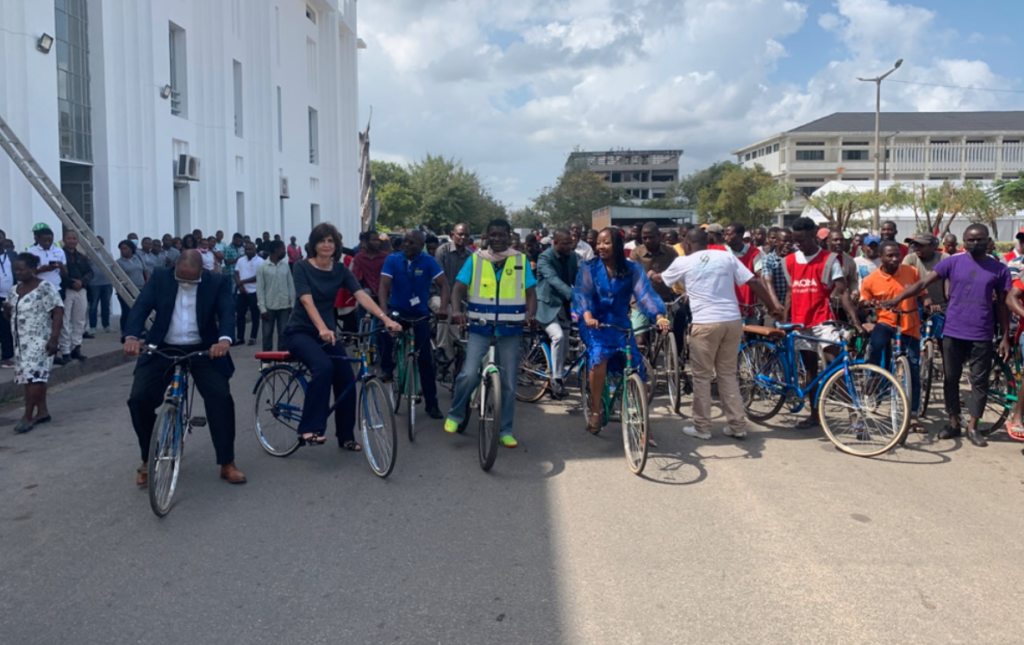

Quelimane’s Bicycle Transformation: Cutting Emissions While Creating Jobs
Empowering Youth and Reimagining Transport in Mozambique’s Cycling Capital
Status
City description
Quelimane is the fourth largest city in Mozambique and one of Mozambique’s oldest port cities and the capital of Zambézia Province, located 20 km from the Indian Ocean. With flat terrain, low elevation (9m), and limited formal transport, the city has embraced cycling as an affordable, accessible, and climate-resilient solution. Economic decline from the loss of key industries as agriculture and fishing, combined with low motorization, has made bicycles essential for daily mobility—accounting for over 40% of all intra-city trips.
Challenge
Quelimane has long struggled with underdeveloped road infrastructure, weak formal transport options, and high poverty and unemployment. The withdrawal of key economic sectors (e.g. coconut and fishing industries), frequent extreme weather events like Cyclone Idai, and sprawling informal settlements made it increasingly difficult for residents—especially low-income and youth—to access jobs, schools, and health services affordably and reliably.
Solution
Quelimane embraced its grassroots cycling culture as an affordable and climate-friendly alternative to high-cost, motorized transport systems. This strategic shift has helped the city avoid a significant rise in transport-related emissions.
With support from Bloomberg Philanthropies (BICI), TUMI, and local research partners, the city formalized bicycle-taxi services, promoted road safety, and introduced low-cost infrastructure improvements—turning a structural vulnerability into a green development opportunity.
Key Impacts
10,000+ bicycles
in daily circulation
5,000 aprox.
registered bike-taxi operators
98.9% of operators
are youth under age 35
USD 5.75 daily revenue
average per operator
40% of all cycling trips
remain within the urban periphery
CO₂ reductions
via modal shift from motorcycles and walking
Improved accessibility
to school, markets and work for women and students


Comments ()